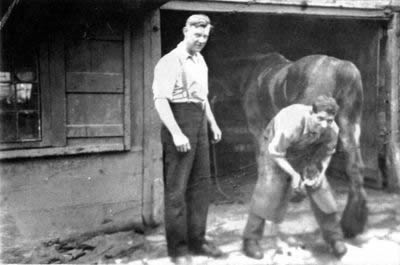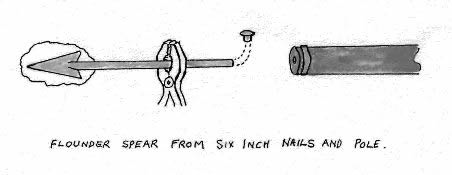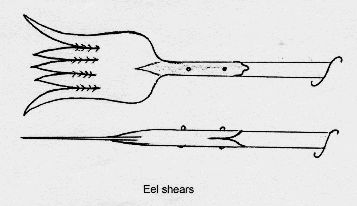My Old Teynham

As a kid I very often watched Mr Seal at his Greenstreet forge shoeing horses and sweating the steel rims on new cartwheels. For this process there was a revolving steel plate about five foot in diameter set in the ground just outside the forge. The inside of the forge was black, with what seemed like hundreds of different tools hanging on the wooden beams and the fire being brought to a glowing heat by the bellows. Gypsies used to camp with their horse drawn caravans alongside the roads, particularly up at the Toll and they, as well as the farmers, had their horses shod there.
Teynham was still very much a rural village at that time and most of the land consisted of fruit orchards and vegetables of all types. The springtime was beautiful and smelt so fresh with blossoms and wild flowers, as a result of which there was an abundance of birds and wild life. Hales’ meadow below the Cliffs, now the riding stables, was just a mass of wild flowers with numerous types of butterflies, moths and other wildlife.
Rabbits were a prime source of meat during and just after the war, like most wild meat it is very strong and is an acquired taste. Most of the villagers had a shotgun of some sort; even at ten years old I was using one to get Sunday dinner, albeit under supervision of an older person. The shotgun licence fee then, like a dog licence was seven and sixpence (just over 35p) Being under the supervision of an adult I didn’t have a licence and only got one later when I had several guns of my own. I don’t recall us having any additional crime or accidents as a result of so many guns around, we were brought up to observe safety at all times and it then became second nature.
Don Matson lived next door to us at the Crescent and, being a bit older than me, would take me out shooting with him. We walked out of our houses at the Crescent, straight across the road, through the orchard where the Matsons kept chicken and over the railway line. Some years later when I last saw him I reminded him of an incident, which I found amusing. We were out shooting at Sandowns and he saw a pigeon in a tree, he put a finger to his lips indicating that I should be quiet, laid his twelve bore shotgun down, got a catapult from his back pocket and shot the pigeon with a pebble, a very good shot actually. He then turned to me and said ‘Well that saved sixpence on a cartridge’. Today you might call it being tight, but Don came from that era when every penny counted. We very often dined on wild birds eggs, duck, moorhen and pigeon being the main ones, we always left some in each nest. Then it was all a part of country life but we wouldn’t dream of doing it now.
Although tractors were being introduced the horse and cart was still the main form of transport. The elderly men of the village would watch for a cart to go by and try to be the first out there to shovel up the horse droppings for their tomato plants… recycling is not new! The ‘winkle man’, I think a Mr. Swan, having ridden from Faversham would come round on his bike on Sundays with winkles and shrimps, which he sold by the pint glass full. These we usually had for our Sunday tea, when we all sat at the table and Mum dished out the safety pins from her sewing box!
Conyer was our nearest seaside ‘resort’. On warm sunny Sundays Dad would take the whole family to the beach below Eastwood’s brickfield, there was silver sand there then which had spilt over from the brickyard. The eldest boys walked down the old tramlines (past the Italian prisoner of war who lived in the old black building on the rubbish tip by the sewer) Dad took the younger ones in a trailer attached to the back of his bike and Mum would take the baby on the bus. How many people today would consider biking to Conyer from Barrow Green, one and a half miles, several times down and back with their family in a trailer, and that after a six day week of hard work? Dad at the time of writing is 91 years of age so it couldn’t have done him much harm! A kettle and sandwiches were also taken and Dad taught us all to swim before we were more than a few years old. We used to slide down the mud banks on our stomachs into the channel. It may not look very nice but that mud has terrific healing properties, healing a scratch or a cut within a short period after spending time in the creek.
We made spears by flattening a six-inch nail, filing a barb on it and then drove it into a pole. This was used to spear flounders, which were hiding under the mud in the rivers and the creek when the tide was down, you could just see their outline in the mud. You could also go griping in the creek when the tide was down. When doing this you walked with the tide so that the water clouded and the fish could not see you coming. You pressed down with both hands spread out and as soon as you felt one you closed your fingers round it and threw it up on the bank. After gutting them the creek flounders were best left over night otherwise they tasted muddy.
Eels were caught with shears, like a flat serrated trident, which was jabbed into the mud just back from eel holes in the rivers. There were other ways of catching them, a bent pin and a worm, wool, which tangled in their teeth, or a sack with something smelly in it, leave that overnight and pull it out quickly
Barry Knell.